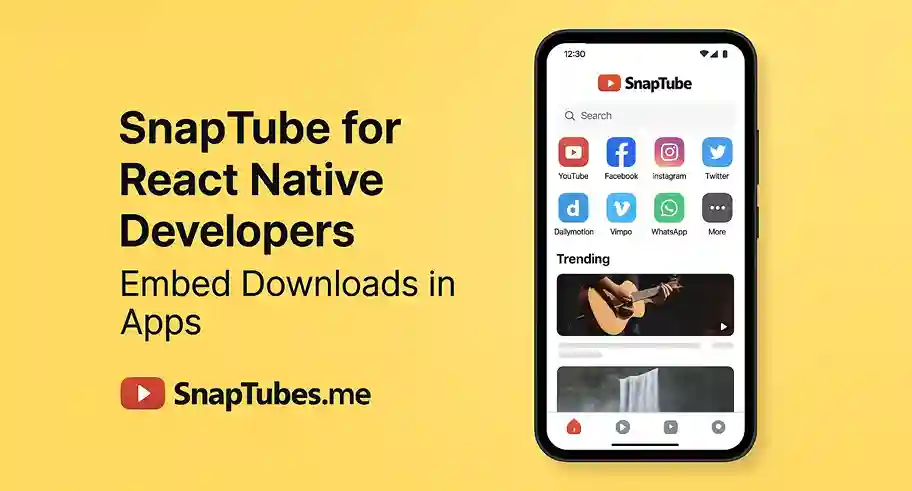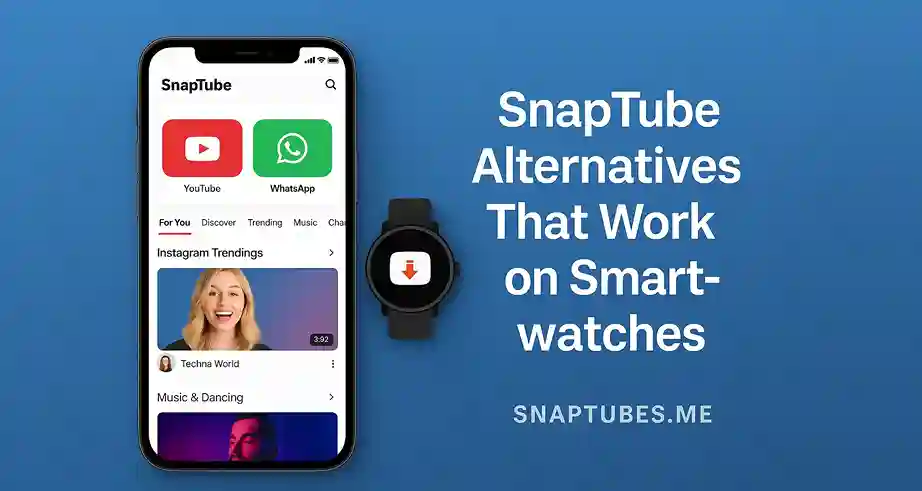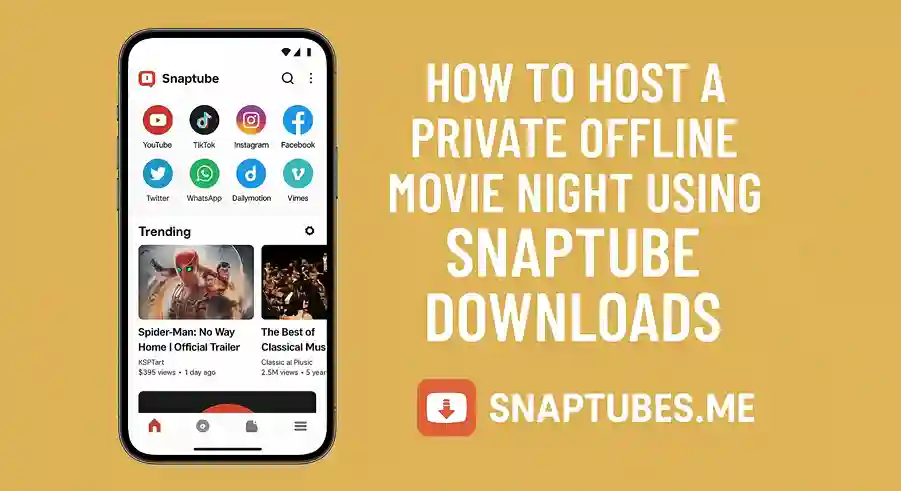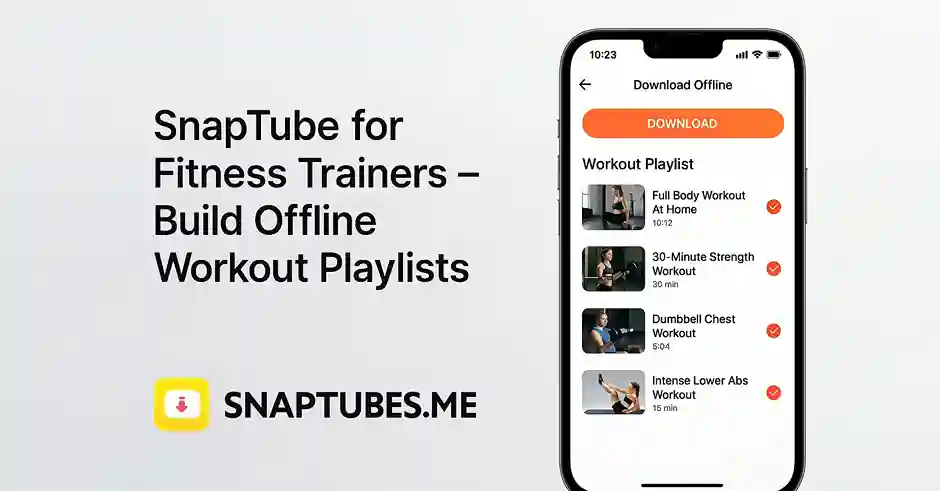Why React Native Devs Are Curious About SnapTube :
In today’s digital time people love saving videos offline. Whether it’s for entertainment education or sharing React Native developers are often asked to build apps that allow downloading videos. That’s where SnapTube comes in. It’s a popular Android app known for downloading videos from YouTube Facebook Instagram and many other platforms.
Many devs wonder can we use SnapTube inside React Native apps to give same kind of downloading feature? Well the idea sounds cool but in real its not so simple.
Can You Embed SnapTube in React Native App?
SnapTube doesn’t offer any official SDK or API for integration. It is not open-source either. So directly putting SnapTube into your React Native app is not possible. Even trying to reverse engineer it or use its APK code is risky and can be against law.
Some devs try to call SnapTube using deep linking or intent on Android but that only opens SnapTube outside your app. It’s not a true embed or smooth user experiance. Also it works only on Android and not iOS which limits your app power.
Best Way – Create SnapTube-Like Functionality Yourself :
Instead of trying to put SnapTube inside your app you can try making a similar downloader feature. There are many React Native libraries that help:
- react-native-fs – for downloading and saving files
- react-native-video – for playing videos
- react-native-permissions – to ask for file access permission
- Third-party APIs – to fetch video download links (e.g. yt-dlp on backend)
The basic idea is user pastes a video link
Your backend gets downloadable URL using API
React Native downloads file and shows progress
This way you build your own SnapTube style feature and keep full control on the UI and UX.
Watch Out for Legal Issues :
Adding a video download feature is not always legal. Sites like YouTube don’t allow downloading unless they provide the button themselves. Using third-party downloaders may break Terms of Service of those platforms.
So always read platform rules before allowing downloads. Also let users know your app is not responsible if they break any copyright laws. Adding a disclaimer and following fair-use policy can help protect your app.
Platform-Specific Considerations :
Android: It’s easier to manage file access and background downloads. You can use native modules and even call certain Java classes to manage files better.
iOS: Apple is more strict. Your app can be rejected from App Store if it allows downloading videos from copyrighted sources. So think twice before adding such feature in your iOS build.
Should You Use SnapTube Branding or Name?
No you should not use SnapTube name icon or branding in your app. It’s a registered product and using its assets without permission can cause copyright claims or removal from Play Store.
If you make a SnapTube-inspired feature always use your own branding and assets to avoid legal trouble.
Final Words :
SnapTube is a powerful app but it’s not made for embedding in React Native apps. Direct integration is not allowed and can cause technical and legal issues. But don’t lose hope. You can still offer a video download experience by building it yourself using React Native tools and smart backend setup.
Just remember to stay legal use your own branding and always test your feature well on both Android and iOS. Your users will love the result and you’ll stay safe from trouble.




